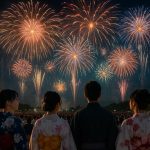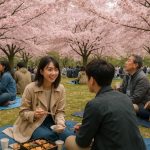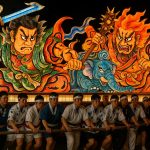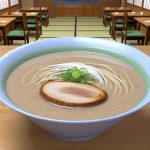Overview of Horyu-ji Temple
The Horyu-ji Temple, situated in the Nara Prefecture of Japan, stands as one of the country’s most ancient and imperative Buddhist temples. Its importance is not limited to religious aspects alone but extends to its architectural feats and cultural significance that offer a window into the historical context of ancient Japanese society. Being acknowledged as a UNESCO World Heritage Site emphasizes its global status and historical significance.
Historical Background
The beginnings of the temple trace back to the early 7th century, with the construction projects reportedly initiated under the auspices of Prince Shotoku. Horyu-ji is counted among the world’s oldest wooden structures. Initially founded to enshrine sacred relics and artwork essential to the Buddhist doctrine, the temple has continued to play a significant role in religious and study practices.
Prince Shotoku, a seminal figure in Japan’s history, played a pivotal role in the temple’s development. He was an ardent supporter of Buddhism, and his patronage helped in the dissemination of Buddhist teachings throughout the country. His foresight in merging governmental policies with religious principles laid the groundwork for future spiritual and cultural developments.
Architectural Significance
The architecture of Horyu-ji is of paramount importance, encapsulating the skills and aesthetics of ancient Japanese architecture. The temple complex contains multiple structures, each contributing distinctively to its historical ambiance. The temple grounds are a harmonious blend of nature and architecture, facilitating a tranquil environment conducive to meditation and reflection.
Main Hall (Kondo)
The Kondo, or Main Hall, is particularly significant not just for its size but also for the treasures it holds. It harbors several venerated statues, among which the Shaka Triad sculptures are most prominent. These works, created by the eminent Asuka-era sculptor Tori Busshi, serve as essential elements of the temple’s religious life and heritage. These statues encapsulate the artistry of the period, deftly combining spiritual themes with artistic sophistication.
The Main Hall acts as a central hub for various religious ceremonies, providing a sacred space for worshippers and monks alike. The historical artifacts within offer invaluable insights into the religious practices and artistic trends of that era. In addition to being a place of worship, the hall serves as an educational venue, offering lessons in history and art to visitors from around the globe.
Five-Story Pagoda
The Five-Story Pagoda stands as a testament to the temple’s aesthetic excellence and structural ingenuity. This iconic structure showcases meticulous design, symbolizing both religious meaning and structural mastery prevalent during the Asuka period. Highlighting verticality in its architecture, the pagoda serves as a symbolic bridge between earth and heaven, representing the universe’s layered nature in Buddhist cosmology.
Visitors to this impressive structure often remark on its detailed artistry and the sense of tranquility it inspires. Each level of the pagoda represents a different element, illustrating the harmony between the spiritual and the physical world. As such, it acts as both a spiritual beacon and a masterpiece of engineering, drawing countless tourists and scholars alike.
Cultural and Spiritual Importance
Beyond its architectural brilliance, Horyu-ji is a linchpin in the spiritual sphere and a significant cultural emblem. Its role in Japanese religion and art has been transformative, affecting numerous cultural advancements over centuries. The temple grounds also house a treasure repository that displays an array of ancient artifacts, offering a tangible connection to the past and its myriad stories.
The temple has been a focal point for numerous religious and cultural activities, influencing not only spiritual practices but also artistic endeavors. The artifacts on display provide a rich tapestry of historical narratives, each piece offering insights into the culture’s evolution over time. This confluence of art, history, and spiritual life makes Horyu-ji a multifaceted site of immense educational value.
Visitor Information
For those planning to visit Horyu-ji Temple, travel arrangements can be made via train from Nara City to Horyu-ji Station, followed by a short scenic walk. When planning a visit, it’s advisable to refer to official travel resources for updated information on visiting hours and the availability of English-speaking tour guides to enrich the experience.
While traveling to Horyu-ji, visitors can also explore the surrounding area, known for its serene landscapes and cultural treasures. This enhances the overall experience, offering an immersive journey not just to a historical site, but to the heart of Japanese cultural and spiritual life.
Conclusion
The significance of Horyu-ji Temple can be found in its layered historical, architectural, and spiritual aspects. As a site entwined with over 1,300 years of history, it provides an extraordinary lens into Japan’s vibrant past. This amalgamation of cultural heritage and spiritual profundity marks it as an essential destination for anyone with an interest in history, architecture, or culture. Beyond its immediate splendor, Horyu-ji invites the world to appreciate the grace of its wooden edifices and the enduring stories embedded within its sacred walls.












